It’s difficult to overstate the role that the automobile has played in forming the American spirit over the last 70 years.
Think of classic songs like “Mustang Sally,” “American Pie” and Tom Petty’s “Running Down a Dream” — all draw heavily from a deep reservoir of American romanticism about cars, freedom and a bit of good-old-fashioned rebelliousness.
With gas cars now actively shunned as being either environmentally unfriendly or simply a nuisance compared to the supposed convenience of public transportation and self-driving cars, it’s hard to remember why we fell in love with them in the first place.
So, let’s remember what made driving so great in the past and what it still offers today.
Think back to your excitement when you got your first car. Sure, it probably wasn’t the nicest vehicle to grace the road, but that wasn’t the point. It was your ticket to freedom. No more begging your parents for a lift. No more waiting out in the rain for the school bus. Want to take your crush from physics class to dinner and a movie? Go ahead. The world is your oyster.
My first vehicle was an F-150, and from the first time I drove it, I was hooked. It wasn’t particularly fast, and the gas mileage left something to be desired, but I didn’t care. Hitting the road on my own for the first time was like finally getting a taste of adulthood — revealing a new horizon of opportunities.
Years have probably passed since you felt the novelty of driving, and, given College Station traffic, you might even consider getting behind the wheel more of a chore than something to enjoy — but bear with me.
Imagine this: you leave work early, gas up the car, then begin to inch your way out of town. You make it past the last red light, and you’re headed off into the unknown. The city’s skyline melts away into the rearview mirror. The only thing ahead is the captivating curvature of a winding country road paired with the vast beauty of Texas bluebonnets and rolling hills — wind courses through your hair. Finally, a breath of fresh air.
There are no pesky coworkers or demanding bosses. Nobody is telling you what you can or cannot do. It’s just you and the machine, and you’re in complete control. To go north, east, south or west is up to you. It’s your life, after all.
It’s more than just transportation. It’s a relief from the chaos of modern society — an opportunity to grab the present with both hands and form it in whatever way you please. At its core, driving is what it means to be human — to be free.
Compare this with public transportation. The train or bus operates on an unchangeable course set by a bureaucratic committee. There is no room for agency or independence. You are merely shipped off to a set, predetermined location with your fellow travelers.
Recall Tracy Chapman’s 1988 “Fast Car,” which depicts a young couple’s attempt to leave their life of poverty in the dust. Could you imagine her trying to escape life’s troubles in a big city trolley? With a car you have a sense of agency. With some packed city bus, you are merely a cog in a machine.
The self-driving car suffers from this exact problem. You are put at the mercy of a hunk of metal powered by a battery and some lines of code. Your desires are merely suggestions to the computer. You have lost all sense of control and agency, and I don’t know about you, but the idea of putting my life in the hands of some computer code propelling me at 70 miles per hour is a terrifying thought.
Some of you may think this is all simply sentimental bluster, but first, let’s consider a world where driving is a thing of the past.
My mind drifts to the movie “WALL-E,” where the incredibly overweight remnants of humanity are carried around atop lifeless, automated pods. Their eyes are glued to the colorful screen in front of them as they slurp an unidentifiable liquid from giant cups. Not a care in the world and content to be ferried around by a robot, humanity’s industrious spirit is reduced to chronic passivity.
Perhaps an exaggeration, but it’s symptomatic of a larger problem with society’s obsession with “convenience.” We have automatic lights, locks, window blinds, vacuums and kiosk cashiers. Almost every aspect of our lives is dominated by technologies that promise to make life easier and in many ways it’s been a blessing. However, when the entire human experience is scrutinized under the lens of “How can this be made easier?” You might as well be asking, “How much freedom am I willing to give up for the sake of comfort?”
Simply put, driving is one of our last bulwarks against society’s endless march towards automation. It is one of the few activities left that requires complete attention. Tapping the brakes, pressing the accelerator and feeling the RPMS drop as you shift to a higher gear, it’s all part of an intricate dance between man and machine. It speaks in a language you inherently understand.
The feeling of connection is a sensation impossible to replicate with a soulless self-driving car or bureaucratic bus route, and we shouldn’t give it up for the sake of adding another superficial level of comfort to our lives.
The best thing about driving isn’t the fun to be had behind the wheel, rather it’s the inherent humanity of the activity — a sanctuary from the dizzying technological progress of society. Even though cars look different than they did 100 years ago, their essence remains the same. When I put my hand on the steering wheel I am declaring my independence to the world, and I don’t need a robot to do it for me.
Ryan Lindner is a political science senior and opinion editor for The Battalion.



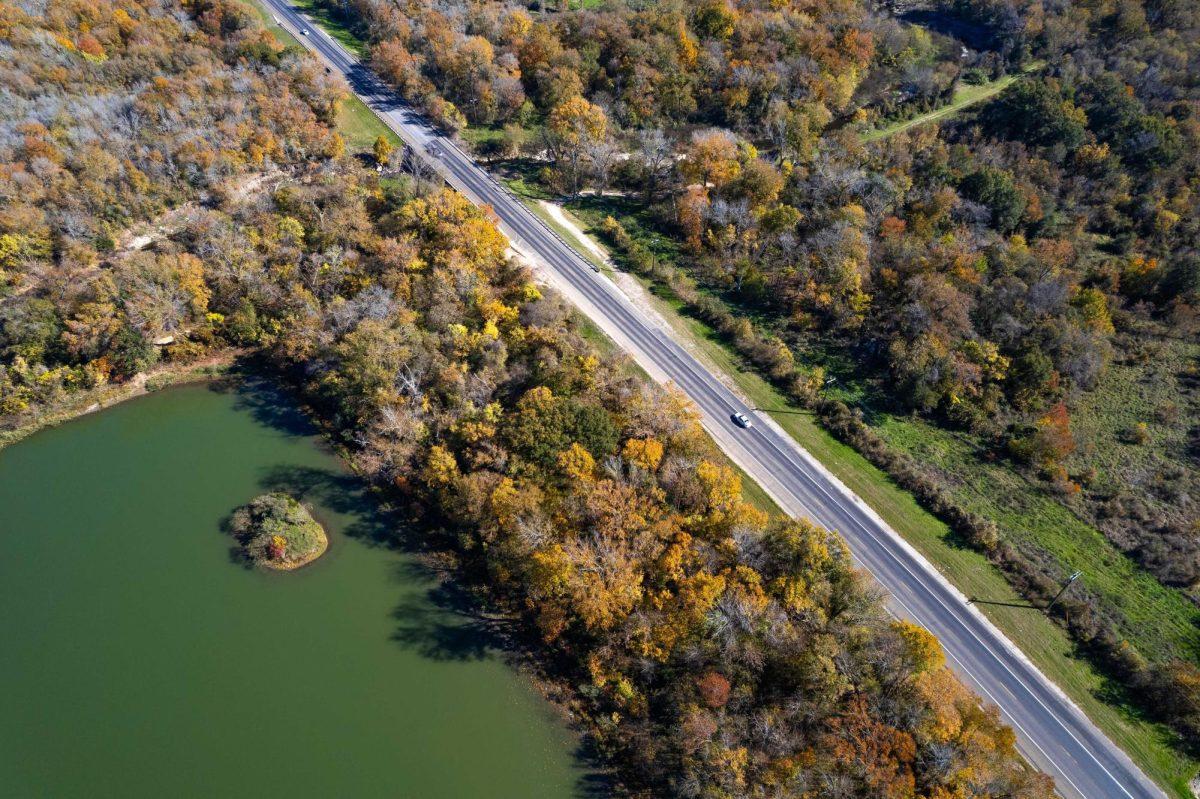
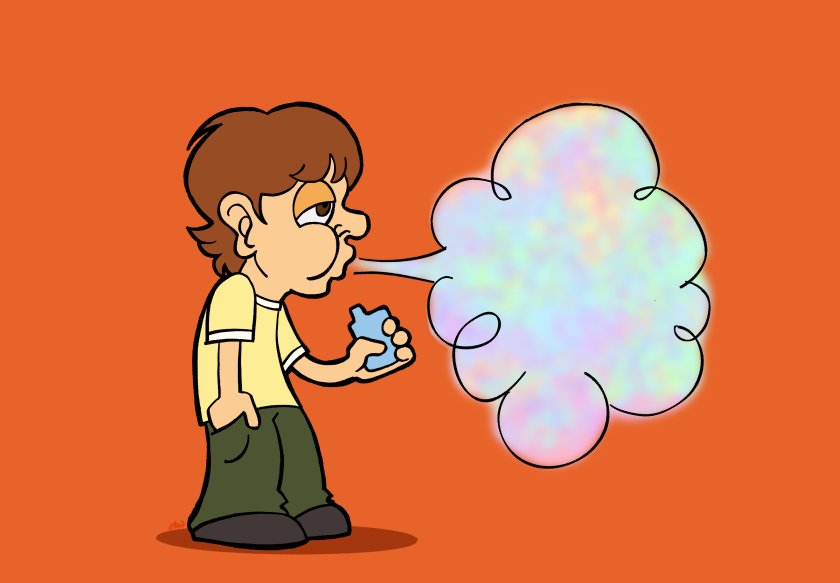


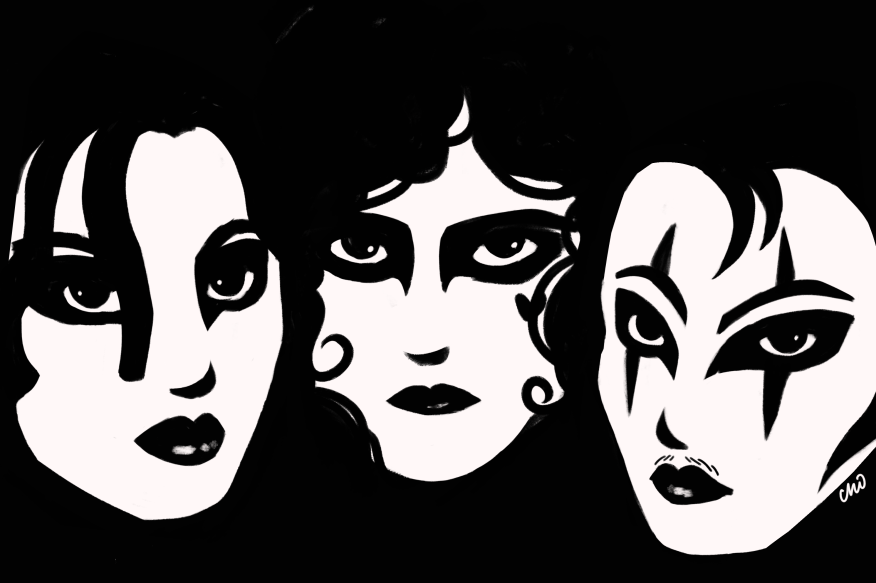
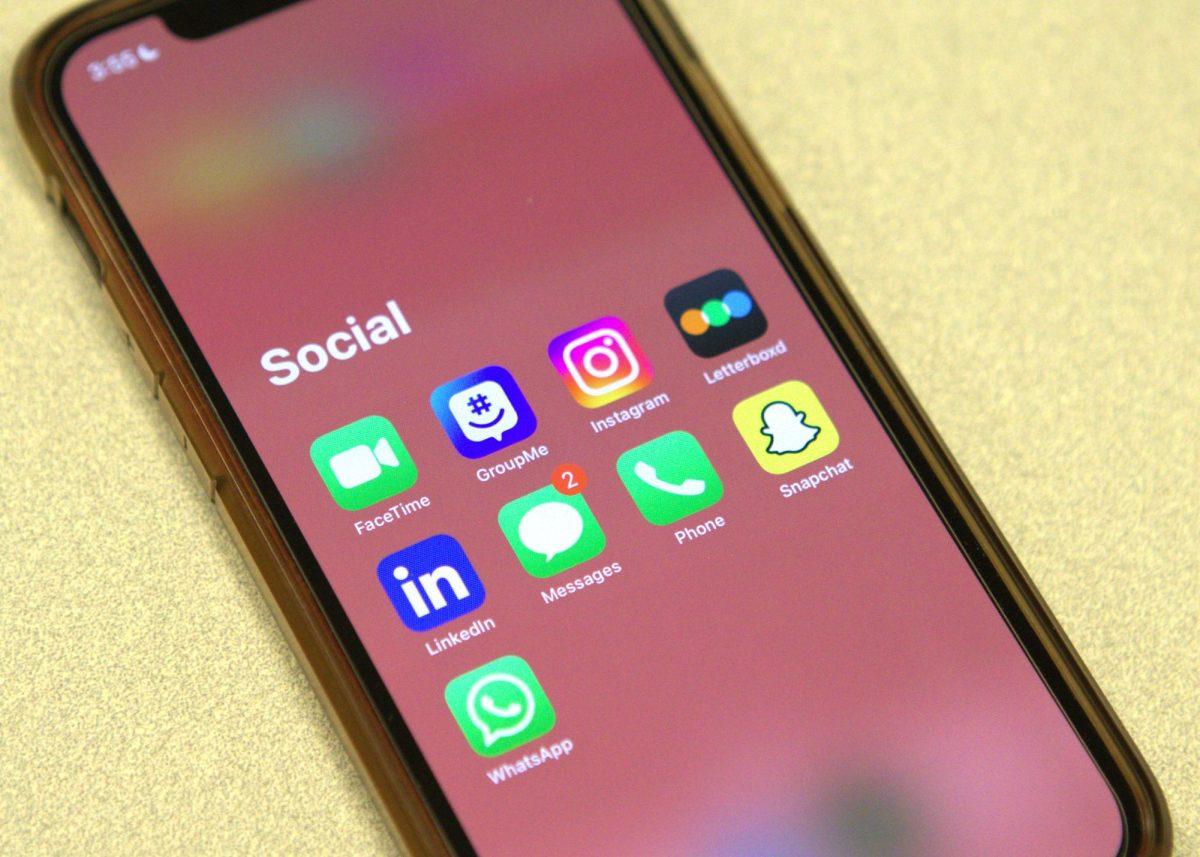
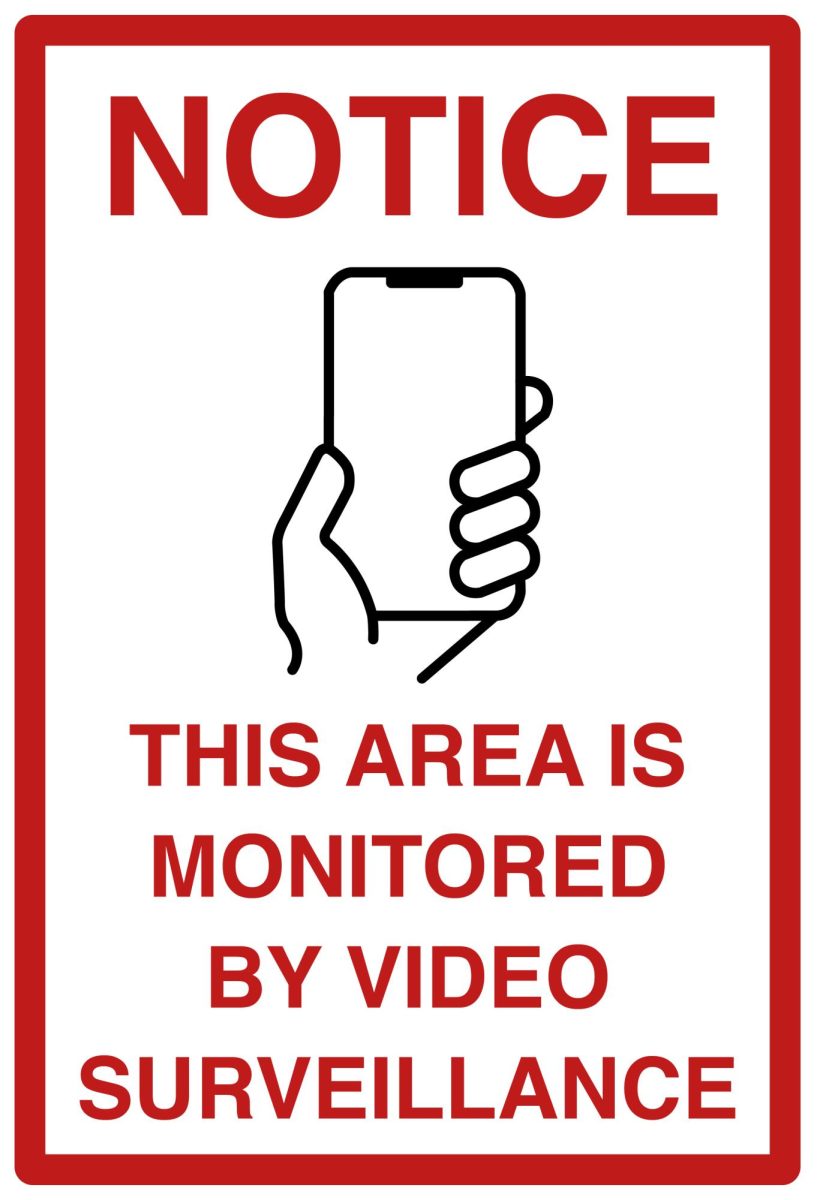
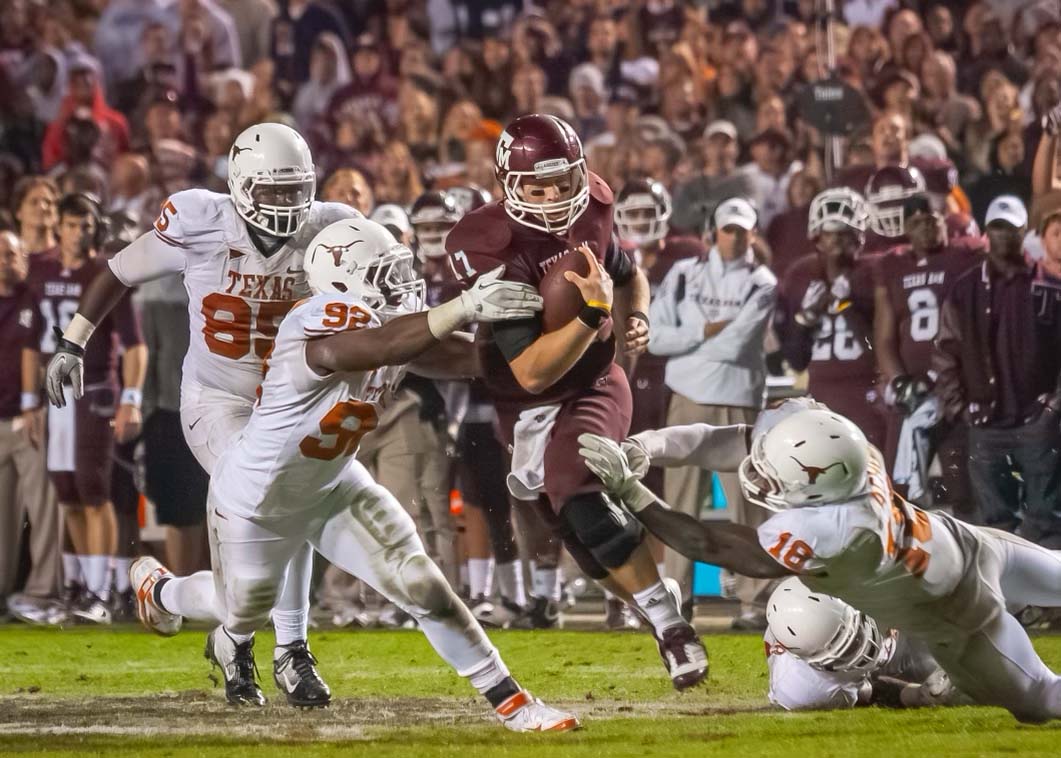
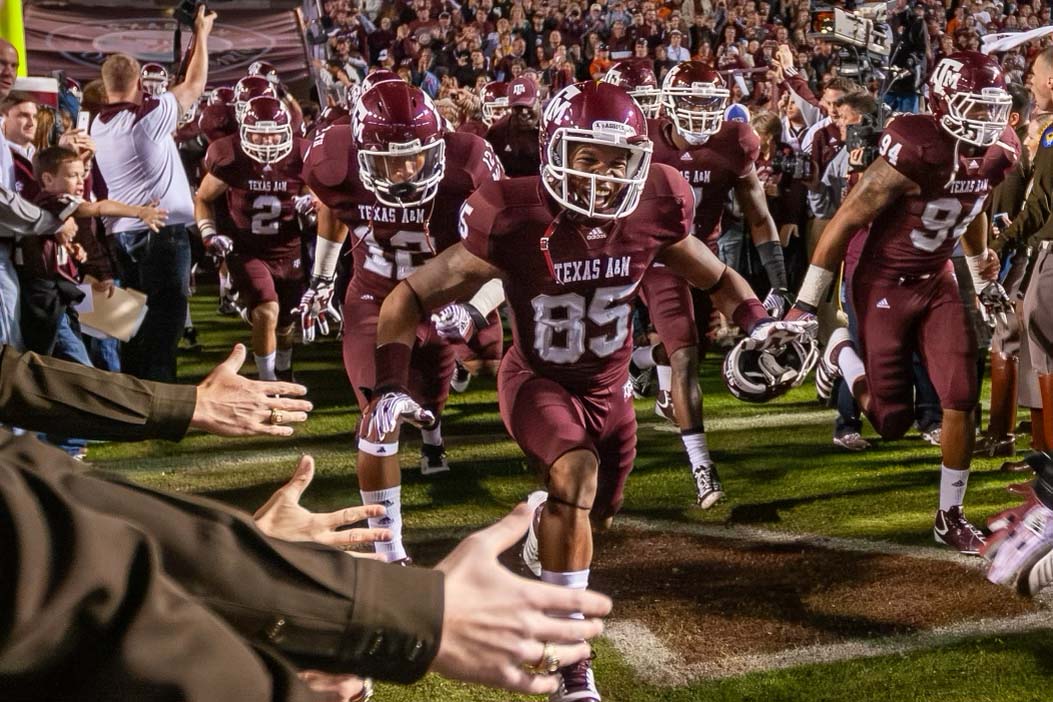
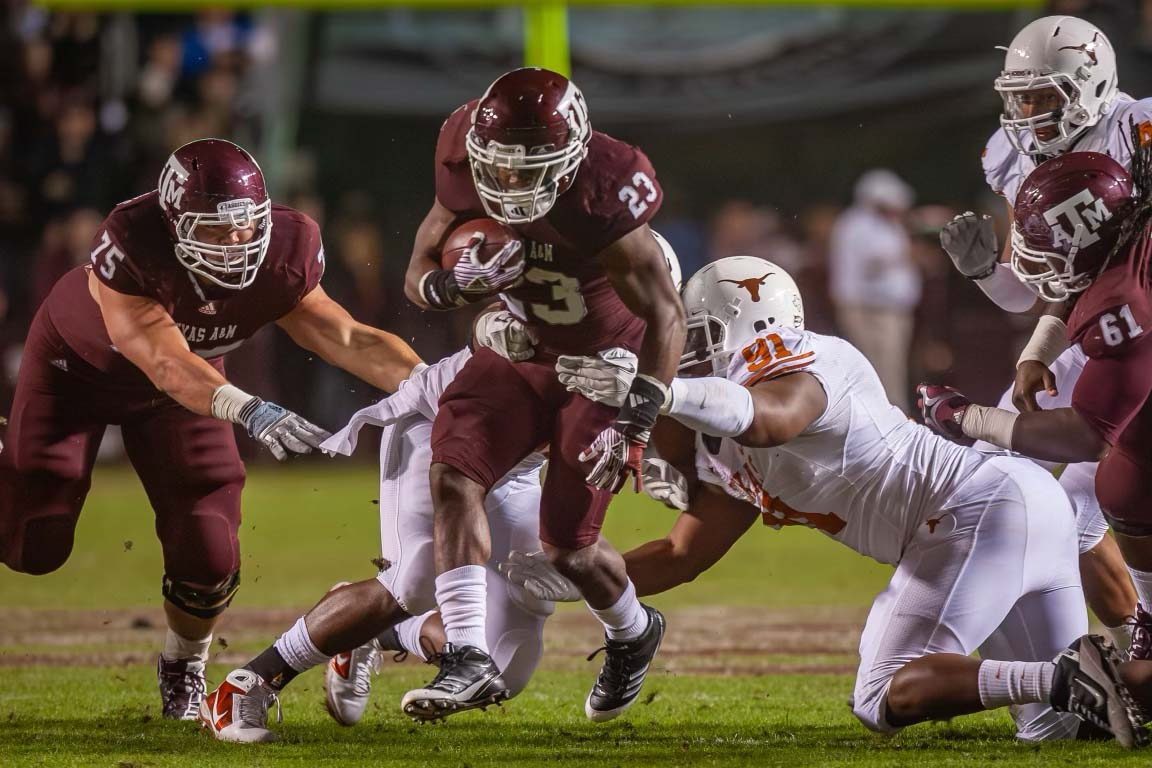

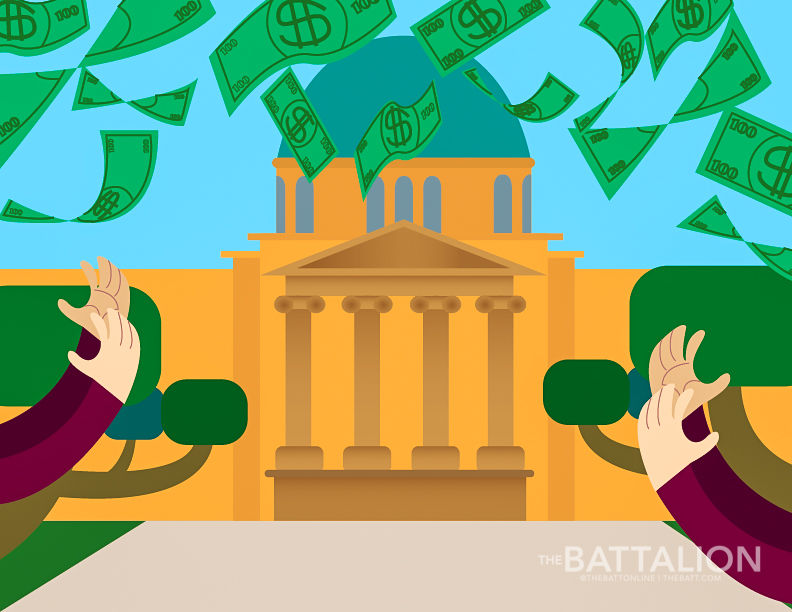


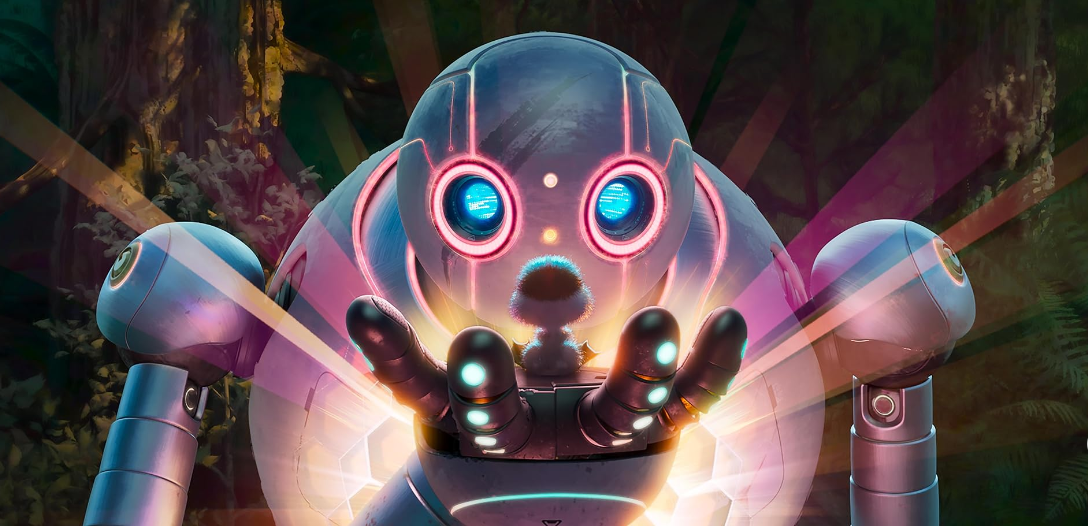
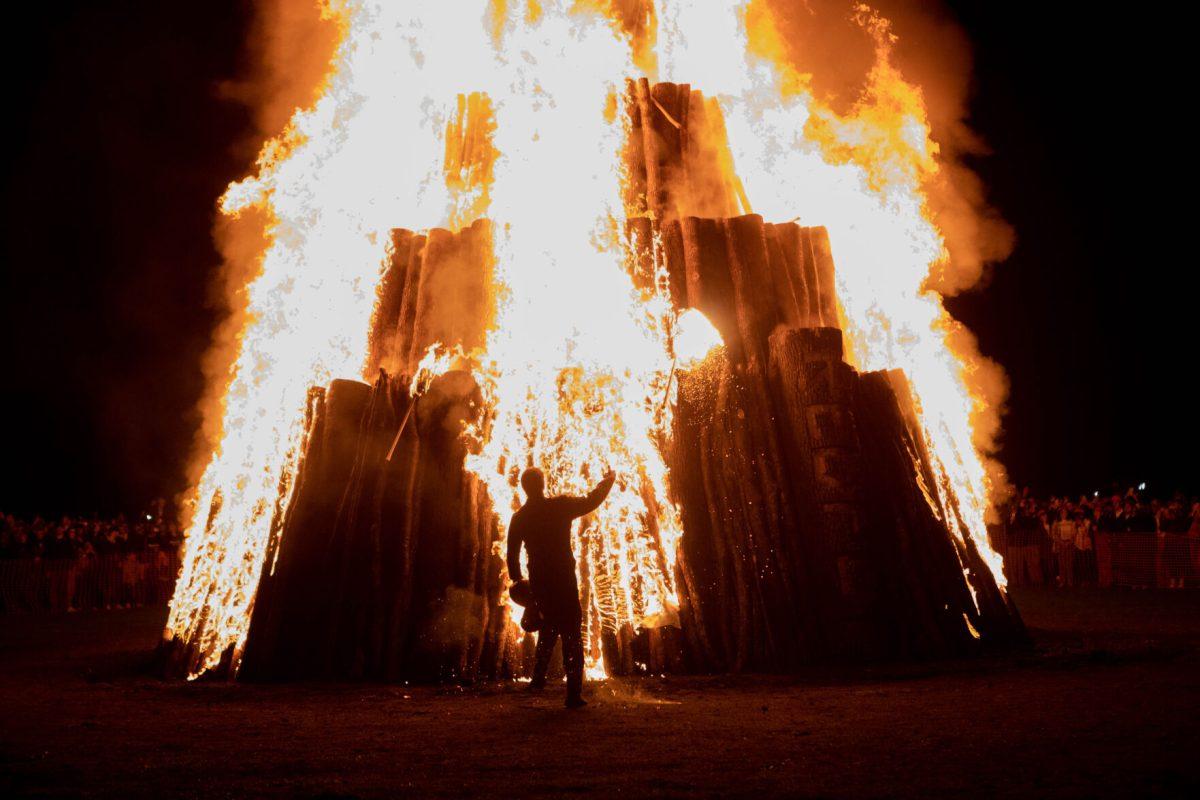




isa • Feb 19, 2024 at 3:20 pm
fr what goes through my mind every time i drift my 25 yr old toyota
FJL • Feb 19, 2024 at 12:07 pm
But I like the Wall EE movie so much my Corgi got named Wally but never found an Evy to be his companion . Great job Ryan